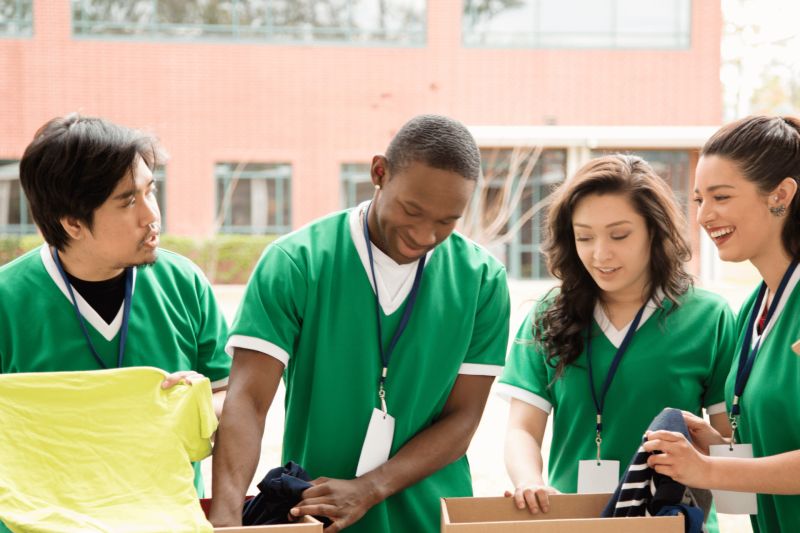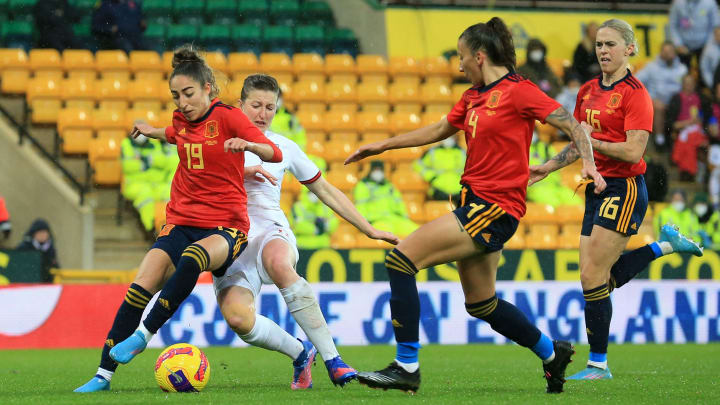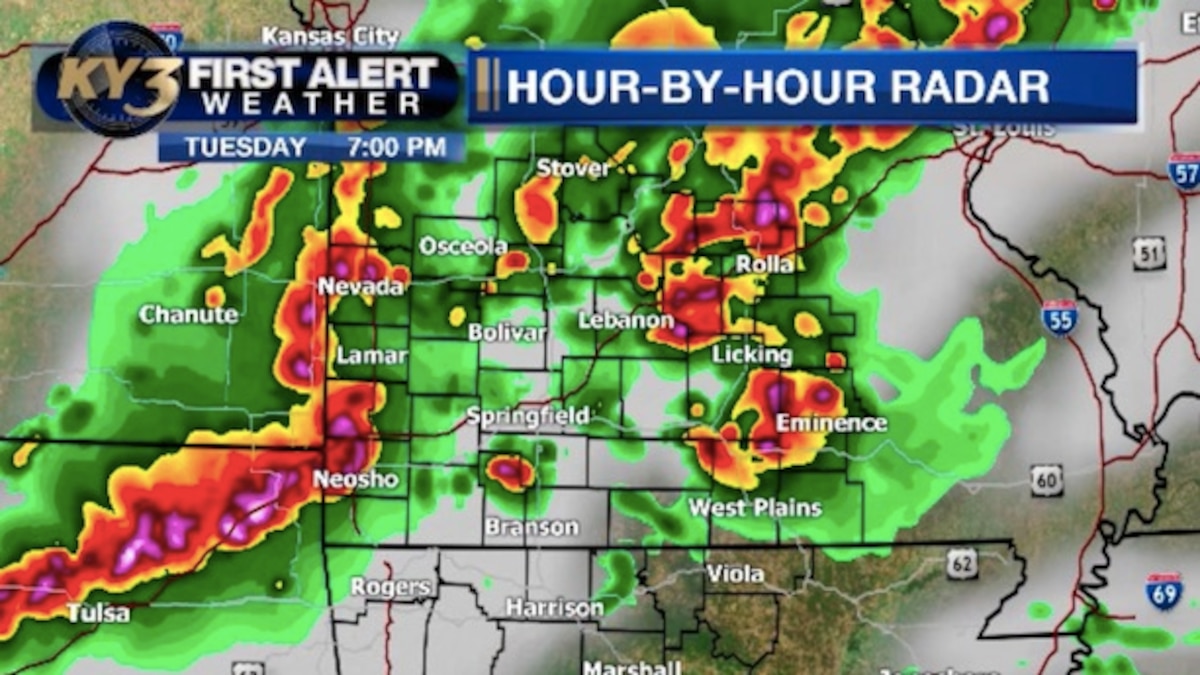Rethinking School Suspensions: The Case For Restorative Justice And Positive Discipline

Table of Contents
The Negative Impacts of School Suspensions
School suspensions, while seemingly a quick solution to disciplinary problems, inflict far-reaching negative consequences on students and the school community. The impact extends beyond the immediate suspension itself, creating a ripple effect that harms academic progress, social-emotional well-being, and the overall school climate.
Academic Consequences of School Suspensions
Suspensions directly disrupt a student's education, leading to a cascade of negative academic outcomes:
- Increased absenteeism: Time away from school translates to missed classes, incomplete assignments, and ultimately, falling grades. This cycle often contributes to a higher dropout rate.
- Disruption of learning continuity: Missing instruction impacts a student's ability to keep up with their peers, creating academic gaps that are difficult to overcome.
- Increased likelihood of future disciplinary issues: Suspension itself can be a predictor of future misbehavior, creating a negative feedback loop. Students who are suspended are more likely to be suspended again.
- Disproportionate impact on marginalized students: Research consistently shows that students from minority groups and low-income families face disproportionately higher rates of suspension, perpetuating systemic inequities within the education system. This highlights a critical need for equitable disciplinary practices.
Social and Emotional Consequences of School Suspensions
The social and emotional toll of suspension is substantial and often overlooked:
- Increased feelings of isolation, alienation, and resentment: Separation from peers and the school community can lead to feelings of exclusion and anger towards school authorities.
- Heightened risk of involvement in criminal activities: Students who are suspended are more likely to engage in risky behaviors, including criminal activity, due to increased exposure to negative influences outside of school.
- Negative impact on mental health and well-being: Suspension can contribute to anxiety, depression, and other mental health challenges. The feeling of being punished rather than supported can be damaging to a child's self-esteem.
- Erosion of trust between students and school authorities: Frequent suspensions damage the relationship between students and educators, hindering positive communication and collaboration.
Economic Consequences of School Suspensions
The financial burden of school suspensions extends beyond individual families to impact the entire community:
- Increased costs associated with managing suspensions and supporting expelled students: The administrative costs of handling suspensions, including paperwork, meetings, and alternative educational arrangements, place a strain on school budgets.
- Loss of potential future workforce contributions due to higher dropout rates: The long-term economic consequences of high school dropout rates, exacerbated by school suspensions, represent a significant loss to society.
- Strain on community resources addressing youth crime and social issues: Increased rates of youth crime and social problems linked to school suspensions necessitate additional investment in community services.
Restorative Justice Practices in Schools
Restorative justice offers a powerful alternative to punitive measures, focusing on repairing harm and rebuilding relationships. This approach moves away from simply punishing misbehavior and instead emphasizes accountability, understanding, and community healing.
Understanding Restorative Justice
Restorative justice is fundamentally different from traditional disciplinary approaches:
- Focus on repairing harm: The primary goal is to address the impact of the misbehavior on individuals and the community, rather than simply punishing the offender.
- Involvement of all stakeholders: Restorative practices involve the victim, the offender, and other relevant community members in a collaborative process. This shared responsibility fosters a sense of ownership and accountability.
- Promoting dialogue, empathy, and accountability: Open communication, empathy, and a focus on understanding the root causes of misbehavior are central to restorative practices.
- Building stronger relationships and a sense of community: The aim is not only to resolve the immediate conflict but also to strengthen relationships and foster a more positive school climate.
Implementing Restorative Practices
Various restorative practices can be implemented in schools:
- Circles: Group discussions create a safe space for students to share their perspectives and work collaboratively to find solutions.
- Mediation: A trained mediator facilitates communication between the parties involved in a conflict, helping them reach a mutually acceptable resolution.
- Community conferencing: Meetings involving students, parents, school staff, and other relevant individuals provide a structured forum for addressing harm and developing restorative solutions.
- Staff training: Comprehensive training for school staff is essential to ensure effective implementation of restorative practices.
Case Studies and Success Stories
Numerous schools have successfully implemented restorative justice programs, resulting in significant reductions in suspensions and improvements in school climate. Research consistently shows a positive correlation between restorative justice and a decrease in disciplinary incidents. These successful case studies demonstrate the efficacy of this approach and inspire its wider adoption.
Positive Discipline Strategies
Positive discipline strategies focus on preventing misbehavior and teaching students appropriate social-emotional skills. This proactive approach complements restorative justice by creating a supportive and empowering learning environment.
Proactive Strategies for Positive Discipline
Proactive strategies aim to prevent disciplinary problems before they arise:
- Creating a positive and supportive classroom environment: A welcoming and inclusive classroom fosters a sense of belonging and reduces the likelihood of misbehavior.
- Teaching social-emotional skills: Equipping students with self-regulation, empathy, and conflict resolution skills empowers them to manage their emotions and navigate social situations effectively.
- Clear expectations and consistent classroom management techniques: Establishing clear rules and expectations, consistently enforced, provides students with a framework for appropriate behavior.
- Building strong teacher-student relationships: Positive teacher-student relationships create a supportive environment where students feel comfortable seeking help and guidance.
Reactive Strategies for Positive Discipline
When misbehavior does occur, reactive strategies should focus on teaching and guiding, not solely on punishment:
- Logical consequences tailored to the infraction: Consequences should be directly related to the misbehavior and should teach the student about the impact of their actions.
- Focus on teaching appropriate behavior: Discipline should be a learning opportunity, helping students understand and develop appropriate behaviors.
- Use of positive reinforcement and rewards: Positive reinforcement encourages desired behaviors and strengthens positive relationships between students and educators.
- Providing opportunities for reflection and making amends: Encouraging students to reflect on their actions and make amends to those they have harmed promotes accountability and empathy.
Collaboration with Parents and Families
Effective discipline requires a partnership between school and home:
- Open communication: Regular communication between teachers and parents ensures consistency in expectations and disciplinary approaches.
- Shared responsibility: Parents and educators share the responsibility for guiding students’ behavior and creating a supportive environment.
Conclusion
School suspensions are a blunt instrument that often exacerbates the very problems they aim to solve. By embracing restorative justice and positive discipline strategies, schools can create a safer, more inclusive, and academically enriching environment for all students. This shift requires a commitment to training staff, engaging families, and fostering a culture of understanding and support. Let's rethink school suspensions and build a future where every student feels valued, respected, and empowered to succeed. Adopting restorative justice and positive discipline is not just an alternative to school suspensions; it is a pathway to a better, more equitable education system for all. Let's work together to reduce school suspensions and create positive school climates for all students.

Featured Posts
-
 England Vs Spain On Tv Tonight Channel Kick Off Time And Streaming Options
May 02, 2025
England Vs Spain On Tv Tonight Channel Kick Off Time And Streaming Options
May 02, 2025 -
 Six Nations Frances Victory Scotlands Defeat Ramoss Performance
May 02, 2025
Six Nations Frances Victory Scotlands Defeat Ramoss Performance
May 02, 2025 -
 Oklahoma Strong Wind Warning When And Where To Expect Severe Weather
May 02, 2025
Oklahoma Strong Wind Warning When And Where To Expect Severe Weather
May 02, 2025 -
 Bobby Fish Confirmed For Mlw Battle Riot Vii
May 02, 2025
Bobby Fish Confirmed For Mlw Battle Riot Vii
May 02, 2025 -
 Kshmyr Brtanwy Arkan Parlymnt Ky Msyle Ke Hl Ky Hmayt Sdr Azad Kshmyr Ka Rdeml
May 02, 2025
Kshmyr Brtanwy Arkan Parlymnt Ky Msyle Ke Hl Ky Hmayt Sdr Azad Kshmyr Ka Rdeml
May 02, 2025
